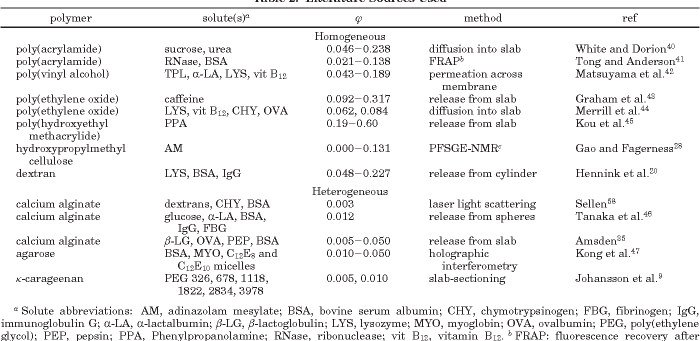Section 2 reinforcement classifying chemical reactions answer key – Delving into the intricacies of chemical reactions, this discourse unveils the Section 2 Reinforcement: Classifying Chemical Reactions Answer Key, an invaluable resource that elucidates the diverse types of chemical reactions and their defining characteristics.
This comprehensive guide provides a structured approach to understanding the fundamental concepts of chemical reactions, empowering learners with a deeper comprehension of the subject matter.
Section 2 Reinforcement: Classifying Chemical Reactions
Chemical reactions can be classified into several types based on their characteristics. These classifications help us understand the behavior of different reactions and predict their products.
The main types of chemical reactions include:
- Combination reactions
- Decomposition reactions
- Single-replacement reactions
- Double-replacement reactions
- Combustion reactions
Combination Reactions
In a combination reaction, two or more substances combine to form a single product. The general equation for a combination reaction is:
A + B → AB
For example, when hydrogen and oxygen combine, they form water:
2H 2+ O 2→ 2H 2O
Decomposition Reactions, Section 2 reinforcement classifying chemical reactions answer key
In a decomposition reaction, a single compound breaks down into two or more simpler substances. The general equation for a decomposition reaction is:
AB → A + B
For example, when water is electrolyzed, it breaks down into hydrogen and oxygen:
2H 2O → 2H 2+ O 2
Single-Replacement Reactions
In a single-replacement reaction, one element replaces another element in a compound. The general equation for a single-replacement reaction is:
A + BC → AC + B
For example, when iron is added to copper sulfate, the iron replaces the copper in the compound:
Fe + CuSO 4→ FeSO 4+ Cu
Double-Replacement Reactions
In a double-replacement reaction, two compounds exchange ions to form two new compounds. The general equation for a double-replacement reaction is:
AB + CD → AD + CB
For example, when sodium chloride is added to silver nitrate, the sodium and silver ions exchange places to form sodium nitrate and silver chloride:
NaCl + AgNO 3→ NaNO 3+ AgCl
Combustion Reactions
In a combustion reaction, a substance reacts with oxygen to produce heat and light. The general equation for a combustion reaction is:
Fuel + O 2→ CO 2+ H 2O + heat + light
For example, when propane burns, it reacts with oxygen to produce carbon dioxide, water, heat, and light:
C 3H 8+ 5O 2→ 3CO 2+ 4H 2O + heat + light
Questions Often Asked: Section 2 Reinforcement Classifying Chemical Reactions Answer Key
What is the purpose of the Section 2 Reinforcement: Classifying Chemical Reactions Answer Key?
The answer key provides comprehensive solutions to the questions posed in the Section 2 Reinforcement worksheet, clarifying the concepts of chemical reactions and their classification.
How does the answer key aid in understanding chemical reactions?
It offers detailed explanations for each answer, reinforcing the understanding of reaction types, characteristics, and applications.
What are the benefits of using the Section 2 Reinforcement: Classifying Chemical Reactions Answer Key?
Utilizing this resource enhances comprehension, improves problem-solving abilities, and fosters a deeper appreciation for the subject matter.
